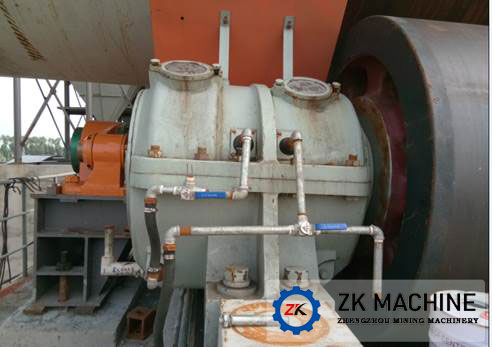Scraping and Requirements for Lining Tiles, Spherical Tiles
Date:2020-12-14 17:04:42
Author:admin
Views:
175
The supporting roller bearings of large rotary kilns currently use sliding bearings in China, and the sliding bearings must be scraped after processing. The purpose of scraping is to make two mating parts have good contact in a certain range.
Scraping is carried out on the base of the supporting device. Install the bearing seat on the base. First, scrape the mating surface of the bearing seat and the spherical tile, and then scrape the mating surface of the lining of the spherical tile, the lining and the supporting roller axle surface in turn. Check the distribution of the contact points of the two mating surfaces by painting method, and then repair it. After repeated scraping and grinding, the mating surface meets the specified contact point requirements.
1) After the mating surface of the spherical bush and the bearing is scraped and ground, it is required that the contact point on each 25mm×25mm is not less than 1-2 points.
2) After the mating surface of the spherical tile and the lining tile are scraped and ground, the contact points on every 25mm×25mm shall be no less than 3 points.
3) After the bushing and the journal are scraped, the contact degree of the journal is required to be 45°-60°, the contact points on each 10mm×10mm are 1-2 points, and the gap between the two ends of the tile is slightly larger than (0.1%) on each side. -0.15%) d (d is the diameter of the journal).
Scraping is carried out when assembling the supporting roller bearing components in the manufacturer. When the supporting device is transported to the construction site, the contact point after scraping and grinding will change, so it is necessary to scrape and polish again before installation until the specified contact point requirement is reached.
At present, the scraping area of the matching parts of the sliding bearing of the supporting roller has a decreasing trend. For example, the contact width between the spherical bush and the bearing seat is only required to be 1/2 of the entire spherical width, and it can be controlled at 20°-30° in the circumferential direction; the contact angle between the supporting roller journal and the bearing bush is reduced to 20°-30°. The new design structure that does not scrape the bearing bush and increases the gap on both sides is also adopted.

